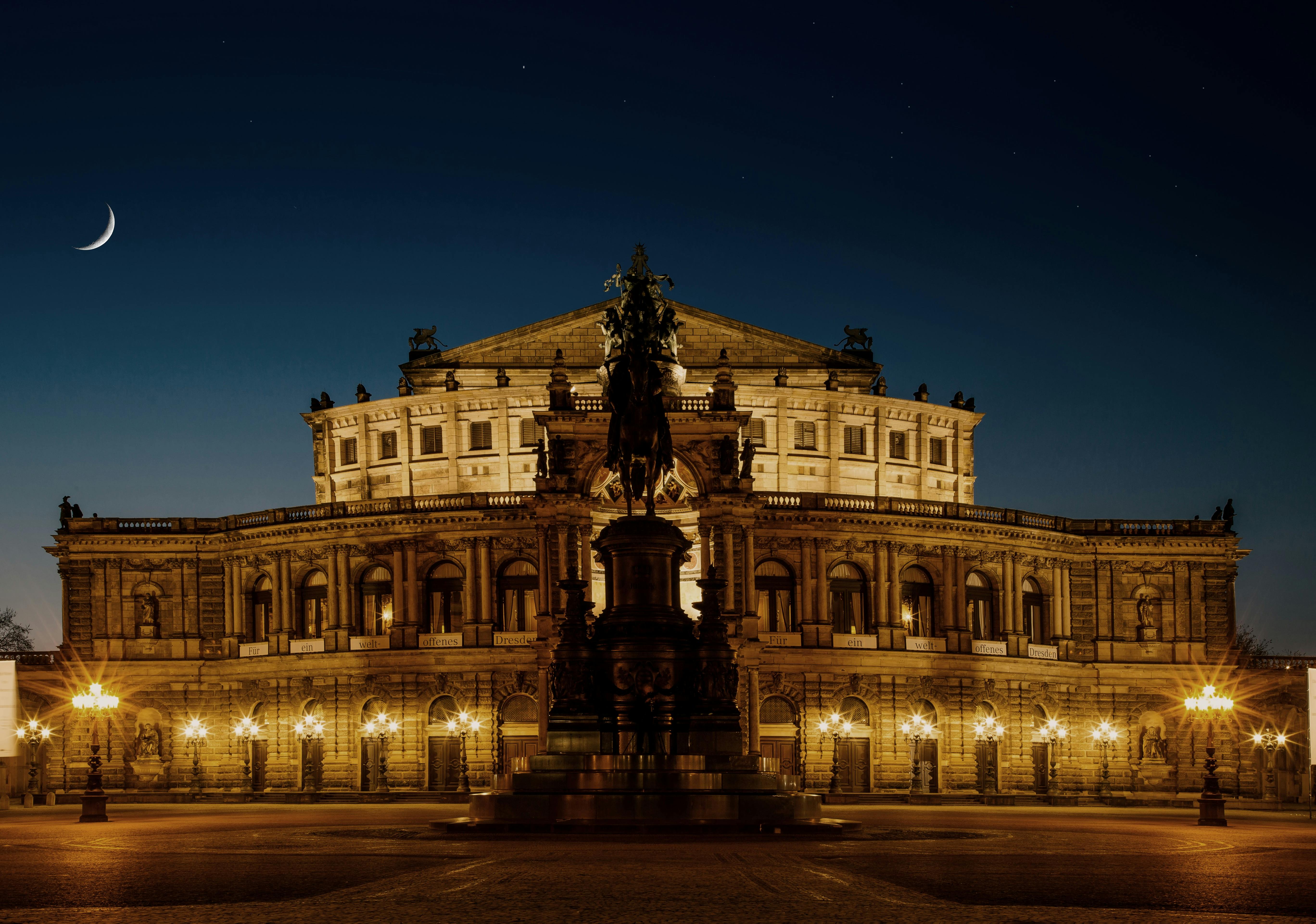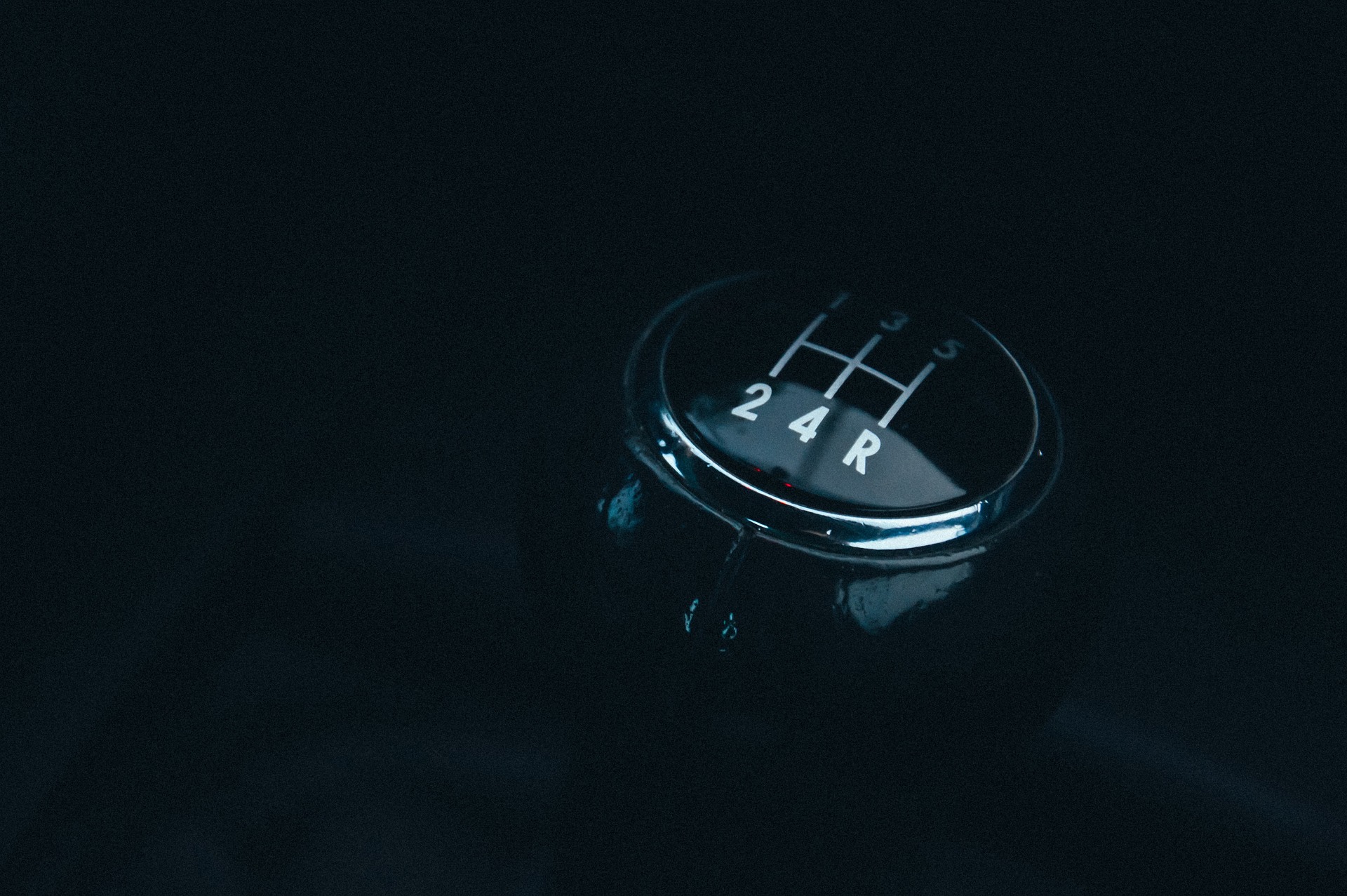Rethinking the Classics: The Intriguing Shift in Modern Opera Interpretations
The world of opera, often associated with grandeur, tradition, and classic tales, is currently undergoing a fascinating transformation, modernizing itself through innovative interpretations, and thereby, making the genre more accessible to a wider audience. This article delves into the radical shift in opera's landscape, tracing its historical trajectory and discussing the profound implications of this modern renaissance on the art form.

A Historical Lens: The Evolution of Opera
Opera’s journey dates back to the late 16th century, emerging from the cultural renaissance of Italy. It was a form of music drama designed to convey emotions and narratives through a combination of singing and acting. As the genre evolved, it spread across Europe, diversifying into various styles based on regional influences.
The 19th century, known as the “golden age” of opera, saw the genre at its most grand and theatrical, with composers like Verdi and Wagner crafting epic narratives set to lush orchestral scores. However, by the late 20th century, the audience for opera had started to dwindle, as the art form was perceived as elitist and outdated. This decline set the stage for the radical transformations we observe today.
The Modern Twist: Opera Reinvented
The 21st century has witnessed a resurgence of interest in opera, but not in its traditional form. Modern productions are stripping away the opulence, focusing on intimate storytelling and innovative staging. This shift is not merely aesthetic; it reflects a fundamental change in opera’s narrative approach, with productions exploring contemporary themes and socio-political issues.
For example, the recent adaptation of Bizet’s “Carmen” set in the US-Mexico border crisis, or Puccini’s “La Bohème” reimagined in the era of COVID-19, are testament to this change. Such innovative interpretations have breathed new life into classic operas, making them relevant and relatable to today’s audiences.
The Impact: A New Opera Audience
The modernization of opera has created a significant cultural shift, drawing in a younger and more diverse demographic. This change is crucial for the survival and evolution of the genre. By breaking away from traditional norms and embracing contemporary themes, opera has managed to shed its elitist image and open itself up to a wider audience.
The Reception: Traditionalist versus Modernist
This radical transformation of opera has sparked a fervent debate within the opera community. Die-hard traditionalists argue that the modern interpretations dilute the essence of the art form, while proponents of the modern approach believe it is necessary for opera to evolve and stay relevant. Despite the ongoing debate, it is undeniable that the genre is experiencing a renaissance, attracting new audiences and creating a dynamic space for creativity and innovation.
In Opera’s Dynamic Future
The shift in opera’s landscape symbolizes the power of art to adapt, evolve, and survive. As opera continues to reinvent itself, it not only keeps the art form alive but also redefines its relevance in a changing world. The modern interpretations of opera are not merely a trend; they are a testament to the genre’s resilience and its ability to resonate with contemporary audiences, ensuring its survival and growth in the 21st century.





